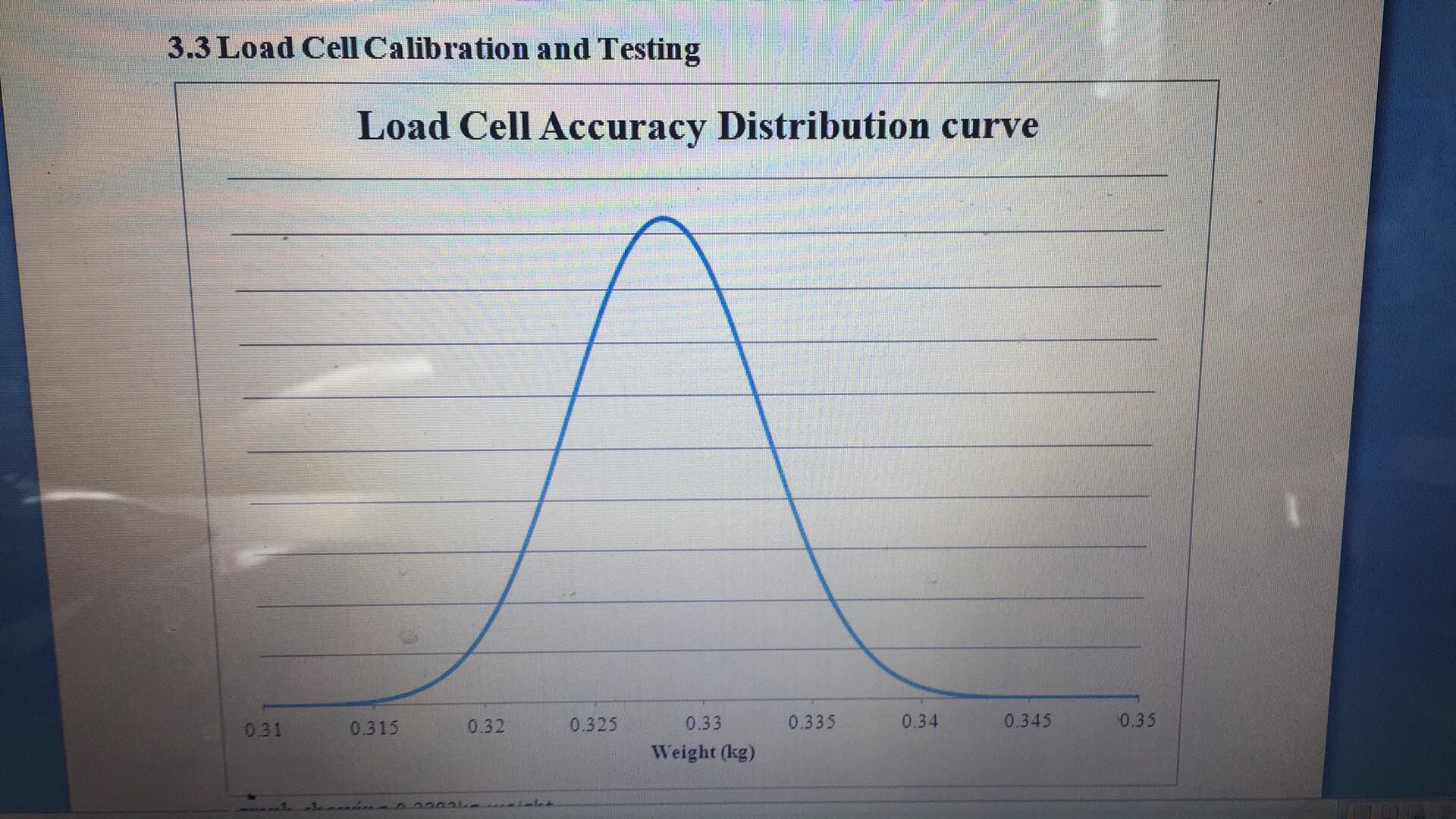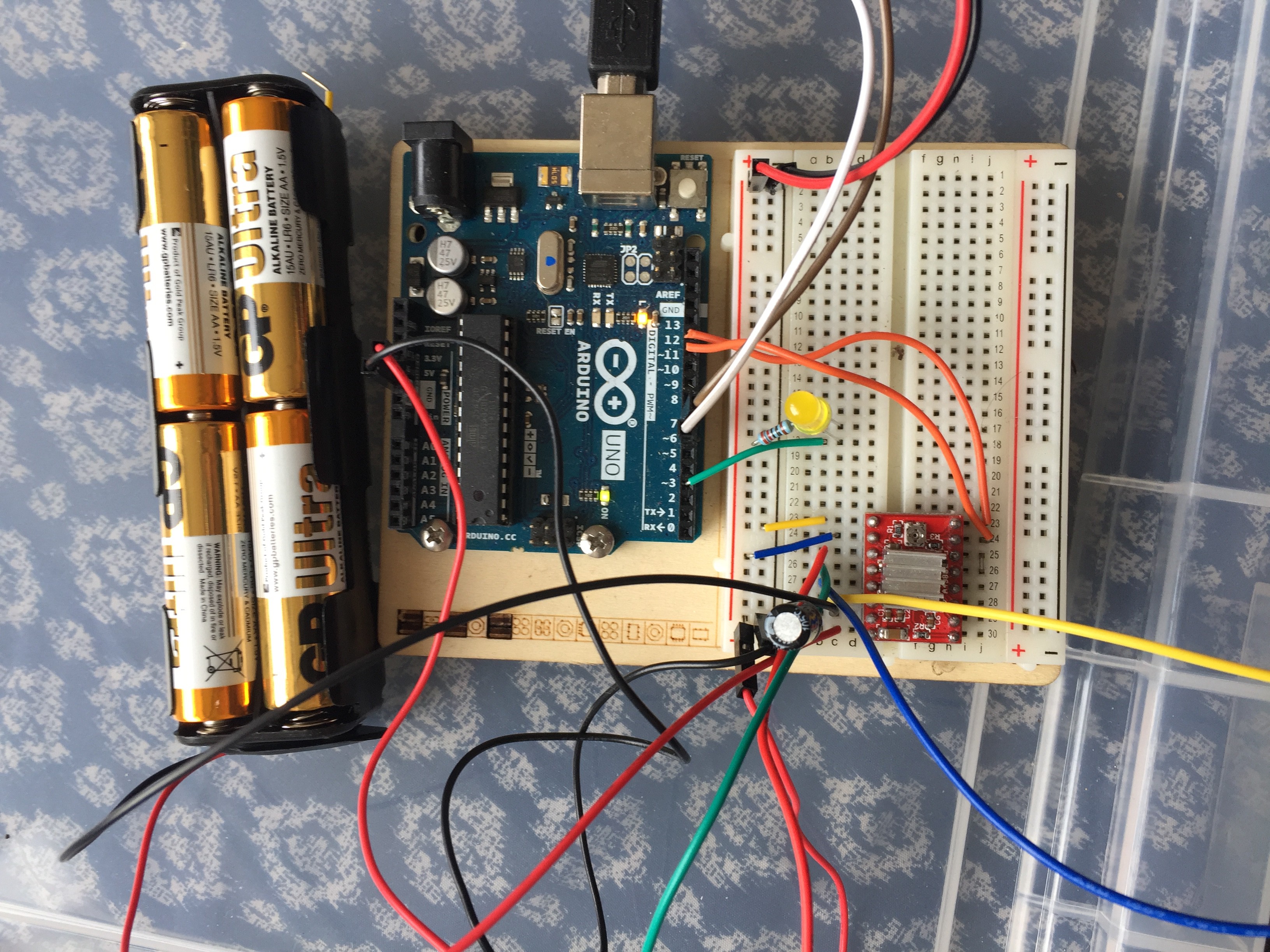-
Testing the feeder with a hedgehog
05/07/2019 at 18:03 • 0 commentsWill neee to do a back log of logs as I’ve been focusing on my final thesis write (which I will upload soon!)
But in the mean time, here’s a video of the test with a hedgehog.
-
Working Feeder powered from laptop
04/02/2019 at 17:54 • 0 commentsSlowly getting there...
The next stage is to connect some batteries so that hedgehog feeder it portable and does not need to be connected to a laptop.
-
New Build
03/31/2019 at 18:48 • 0 commentsSpent with lovely sunny weekend, making the second prototype.
![]()
Will post the build instructions soon and updated picture of the painted feeder!
-
Still jammed...
03/27/2019 at 10:56 • 0 commentsLooks like even with a four wing paddle, the food is still getting jammed in the paddle wheel.
After looking online, no one else seems to have this issue with similarly dense food...
May try to use a continuous servo motor to turn the paddle? At this point, portion accuracy is not my biggest concern.
-
Jammed food :(
03/25/2019 at 13:56 • 0 commentsSo it seems that the food is getting jammed in the cereal dispenser :(
Potential solution: 3D print a paddle wheel with fewer paddles (4 paddles instead of the current 6)
Any other suggestions that doesn't involve changing the entire outlet mechanism, please let me know
-
Struggling with using weight ranges and load cell.
03/21/2019 at 18:09 • 3 commentsSo the idea is that, the hedgehog will be weighed and if it falls within a weight limit it will receive some food, However, at the moment, I am using weights that are below the weight limit (so no food should be dispensed) but in fact, food is being dispensed.
I also am struggling to create different weight limits which will determine how much food will be dispensed.
if (scale.get_units()>sensorMin){ Serial.print("Weight: "); Serial.print(scale.get_units(), 3); Serial.println(" kg"); myStepper.setSpeed(30); //set RPM at which stepper will rotate when called to step Serial.println("stepperclockwise"); myStepper.step(400); hedgehogData.println(scale.get_units(), 3); hedgehogData.close(); Sleepy::loseSomeTime(10000); //instead of delay (10000)I have tried using code as shown below but it does not make a difference
else if ((scale.get_units()>sensorMid)&&(scale.get_units()<sensorMax)){... } -
First Prototype Build
03/14/2019 at 12:36 • 0 comments![]()
Pretty happy with how the first prototype build has gone.
Some things to note so far:
1) Storage box (85L) is too big. I'm glad I went to big rather than too small as it is easier to build, but the next prototype will be in a much smaller storage box.
2) Paddle in cereal dispenser is not robust enough for Ark Hedgehog food but works fine or finer food, such as meal worms. Manipulation of paddle design is needed. Perhaps a 4 paddle instead of 6.
3) Need to secure stepper motor to shelf more robustly as it vibrates and make a lot of noise, which would scare the hedgehog away.
4) Need to cut a hole in the storage box for entrance to feeder.
5) Need to adapt load cell mount to cater for larger area.
6) Code is currently not working as it should as food is being dispensed at weights lower than 350g.
7) Use of an 'if' statement '&&' in code to create weight ranges does not seem to be working as it should.
8) Need to have a play with delays and how many steps it necessary to give correct portion size.
// load cell #include "HX711.h" #define DOUT 6 #define CLK 7 HX711 scale(DOUT, CLK); float calibration_factor = 387600; // hedgehog weight limits int sensorMin = 0.350; // 350g int sensorMax = 0.750; // 750g int sensorMid = 0.450; // 450g const int delayBetweenFeeds = 6e+7; //1 minute //stepper #include <Stepper.h> const int stepsPerRevolution = 200; Stepper myStepper(stepsPerRevolution, 12, 11); //dirPin = 12, stepPin = 11 int previous = 0; void setup() { Serial.begin(9600); //set up load cell Serial.println("Press T to tare"); scale.set_scale(calibration_factor); //Calibration Factor obtained from first sketch scale.tare(); //Reset the scale to 0 } void loop() { //use load cell to weigh Serial.print("Weight: "); Serial.print(scale.get_units(), 3); //2 decimal points Serial.println(" kg"); delay(1000); //control dispensor with load cell readings and stepper if (scale.get_units()>sensorMin){ Serial.print("Weight: "); Serial.print(scale.get_units(), 3); Serial.println(" kg"); myStepper.setSpeed(30); //set RPM at which stepper will rotate when called to step Serial.println("stepperclockwise"); myStepper.step(400); delay(10000); } else { myStepper.step(0); } }This is my code so far.
-
Load Cell Accuracy
03/12/2019 at 16:14 • 0 commentsIn order to gain a better understanding how accurate my load cell was at measuring weights. Firstly, I found the weight of various items (one example was a can of chickpeas) on a commercial weighing scales as seen below.
![]()
I then measured the same item on the load cell and recorded the weight that was displayed on the serial monitor of the Arduino IDE.![]()
![]() Using this data and data I collected using other items of various weights, I was able to calculate an average standard deviation which I used to create the normal distribution curve as shown below. Apologies, for the low quality images of the serial monitor and graph as I just took a photo of the computer screen.
Using this data and data I collected using other items of various weights, I was able to calculate an average standard deviation which I used to create the normal distribution curve as shown below. Apologies, for the low quality images of the serial monitor and graph as I just took a photo of the computer screen.![]()
This graph will be used in my final report to allow me to comment on the accuracy of the load cells and whether the errors would affect my device.
-
Finally getting the stepper motor to work
03/05/2019 at 15:15 • 0 comments![]()
I have been having some issues with getting the stepper motor to turn, turns out a capacitor was the answer on the motor 12V source.
Now I’m flying through it.
Hedgehog Feeder
Hedgehogs in the UK are classed as an endangered species. For this reason I have chosen my final year project to be a hedgehog feeder.
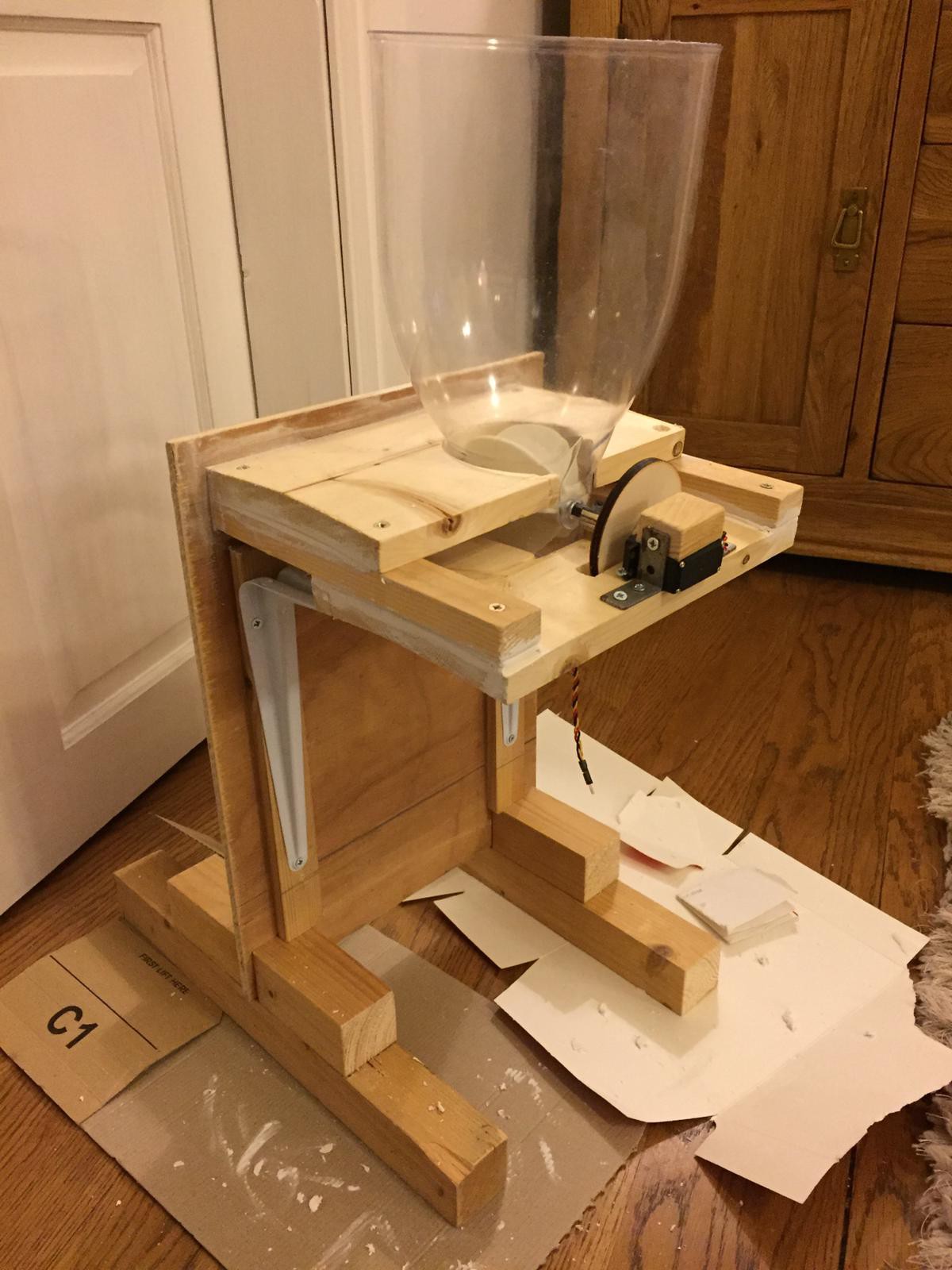
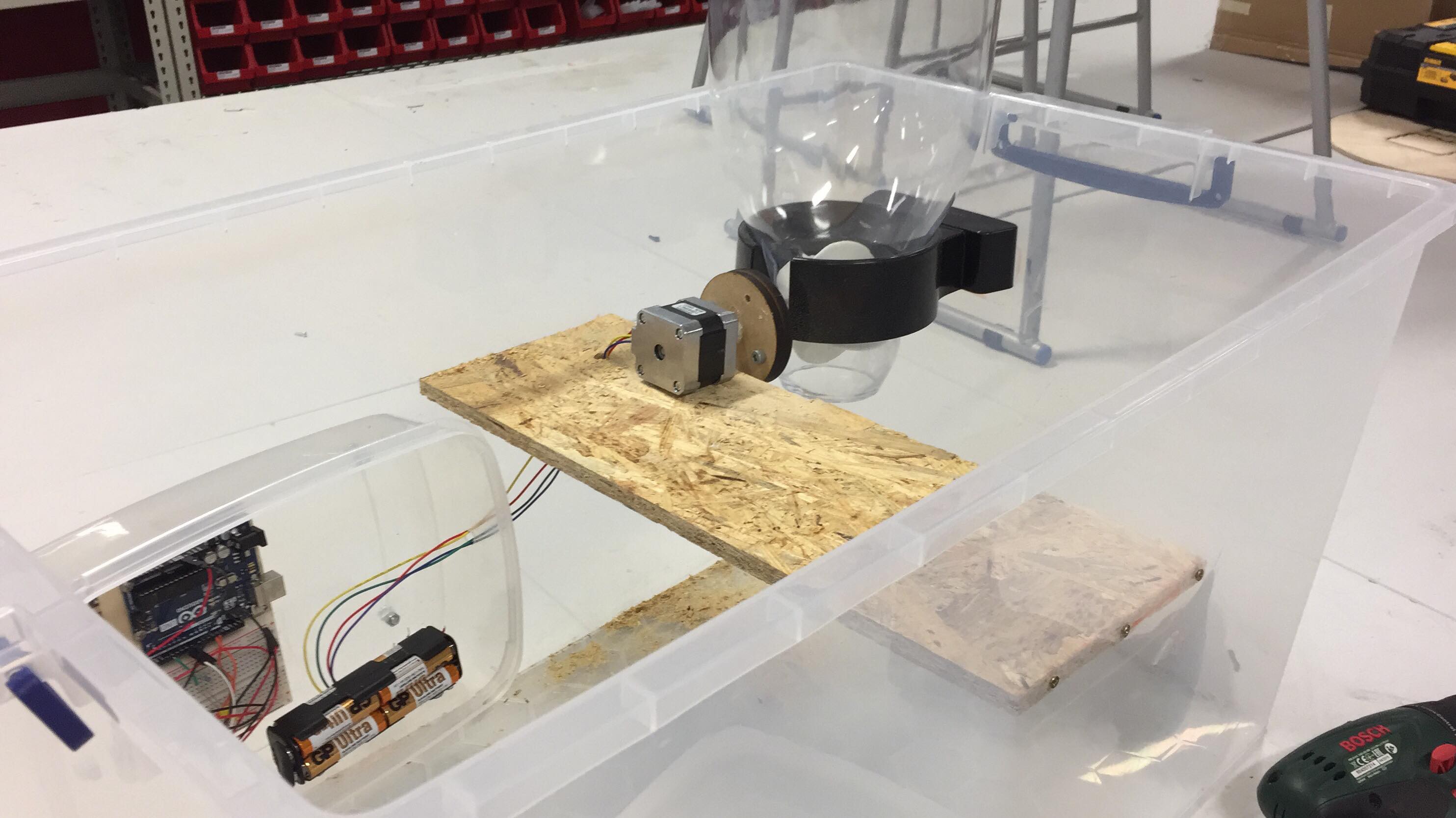
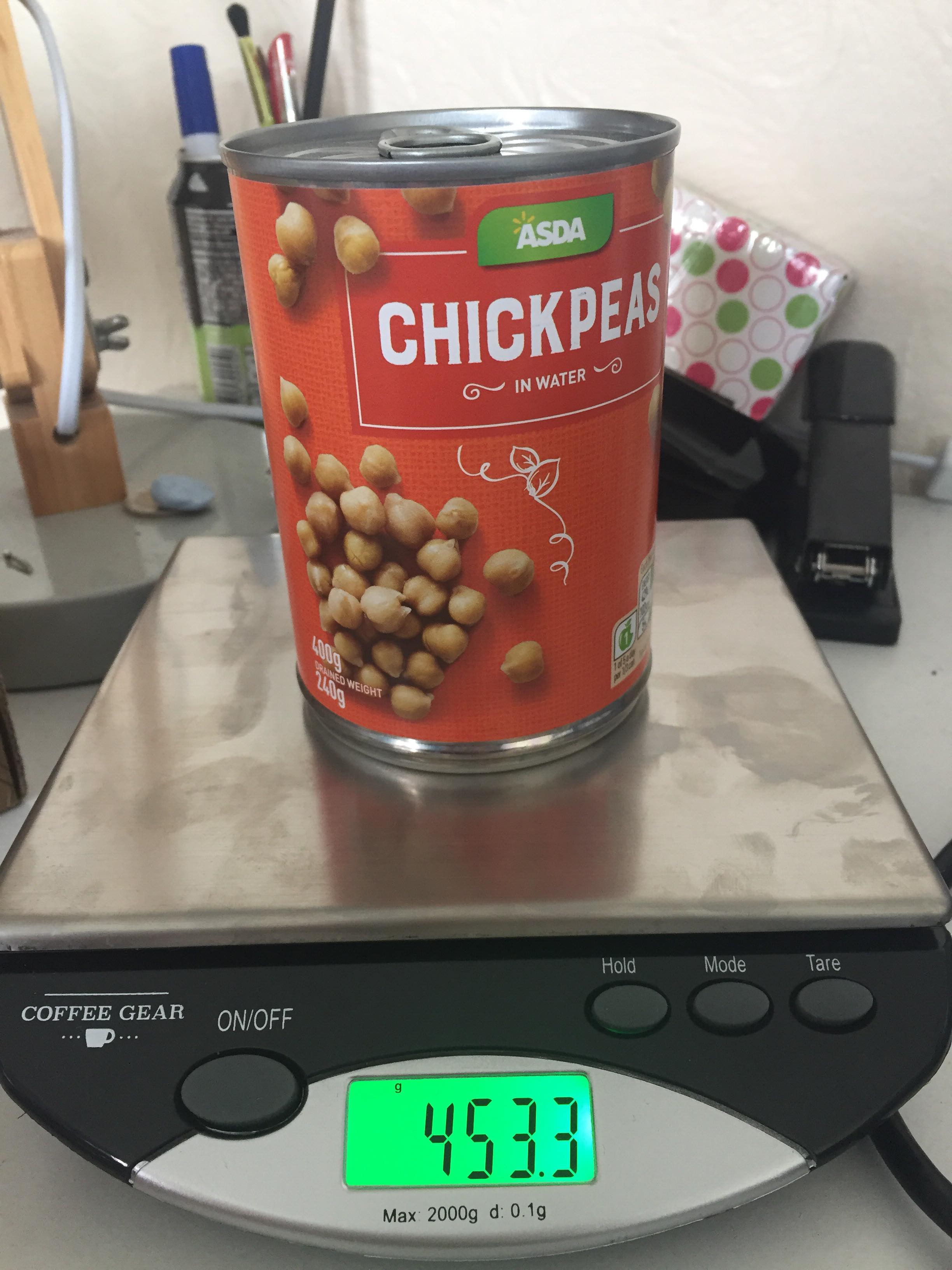
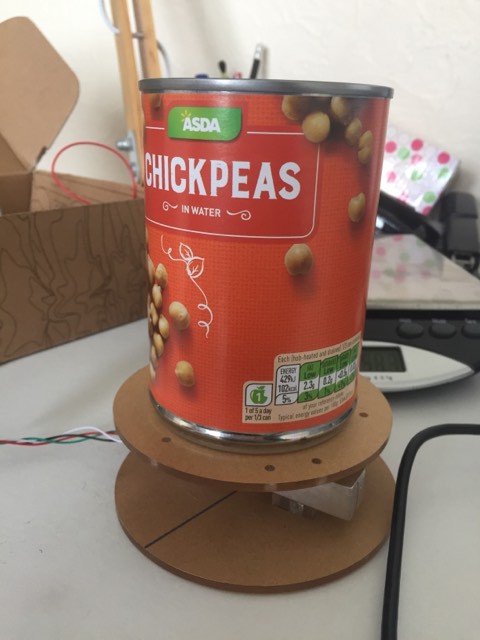
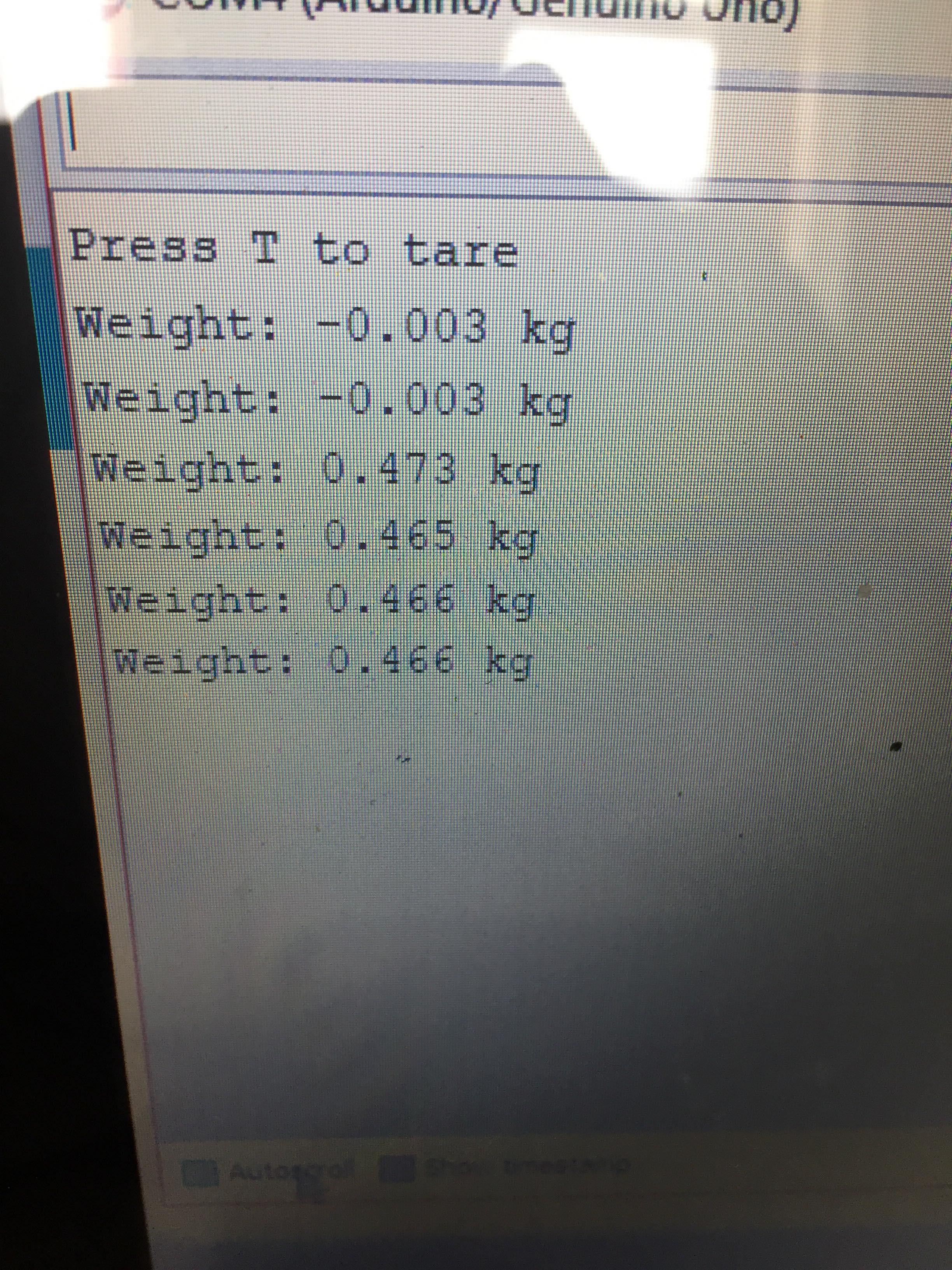 Using this data and data I collected using other items of various weights, I was able to calculate an average standard deviation which I used to create the normal distribution curve as shown below. Apologies, for the low quality images of the serial monitor and graph as I just took a photo of the computer screen.
Using this data and data I collected using other items of various weights, I was able to calculate an average standard deviation which I used to create the normal distribution curve as shown below. Apologies, for the low quality images of the serial monitor and graph as I just took a photo of the computer screen.